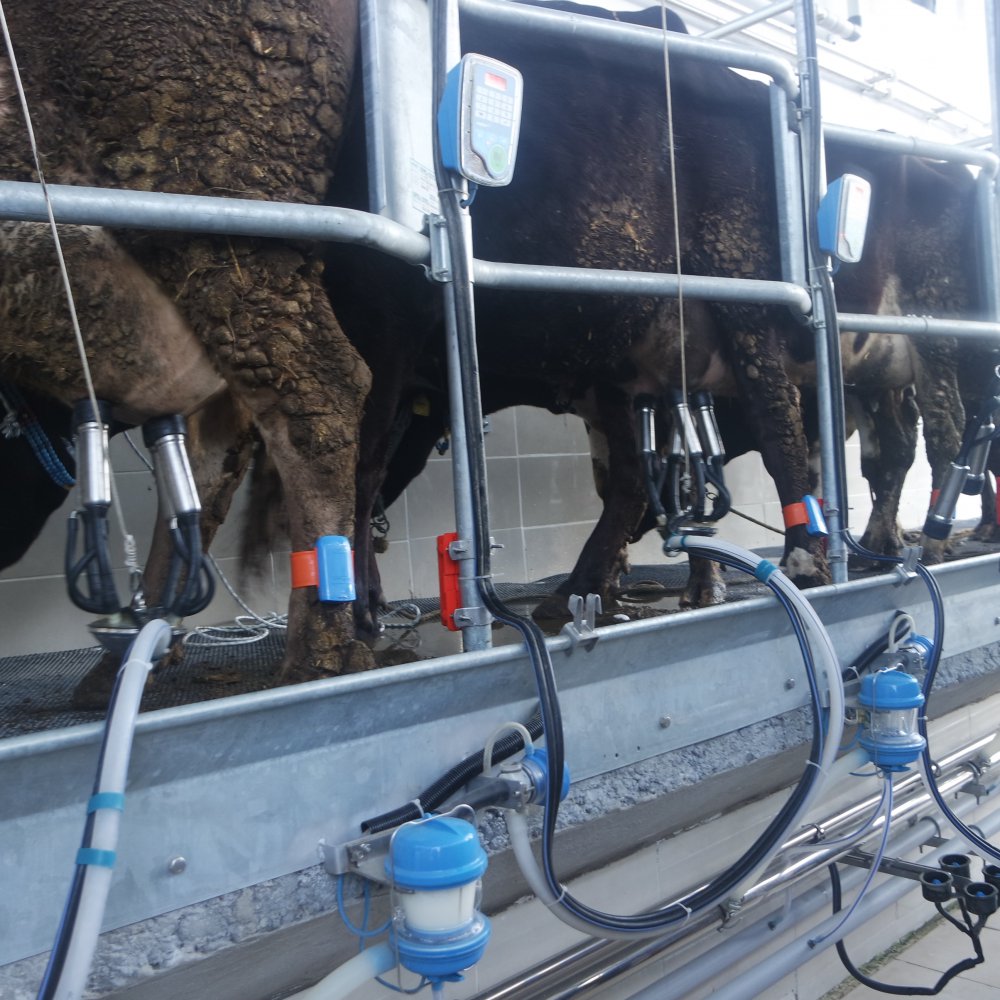Milk Automation
Product Code :
CATEGORY : PROJECTS
Subcategory : Technology and Innovatıon Projects
This project aims to improve animal welfare and optimize milk productivity by reducing milking process challenges faced by cattle farmers. At the same time, reducing the time spent on the milking process can reduce the workload of farmers and increase the productivity of livestock enterprises.
Problem Area of the Project
One of the most significant challenges for farmers engaged in cattle farming is the difficulty of milking. Milking, which needs to be done twice a day, consumes farmers' time and restricts their activities. This situation may lead farmers to give up taking care of female animals and result in labor loss.
Social, Economic, and Environmental Impact of the Problem
Social Impact: The difficulty and time-consuming nature of milking can have negative effects on farmers' families and social lives. Additionally, the stress levels of farmers who have to work for long hours daily for milking can increase.
Economic Impact: The difficulty of milking can reduce the efficiency of farmers' operations and increase labor costs. Insufficient or irregular milking can lead to decreased milk yield and income losses.
Environmental Impact: The inability to milk properly due to time constraints can have adverse effects on animal health and welfare.
Solution Strategy
The project aims to reduce the difficulty of milking for farmers and increase efficiency by establishing a communal milking center. The use of pedometers attached to the animals' feet allows tracking of heat periods and diseases.
Unique Aspects of the Solution Strategy
Communal Milking Center: The project facilitates milking procedures for farmers by establishing a communal milking center in the village. This center enables farmers to milk their animals more efficiently.
Technology Integration: Pedometers enable tracking of animal health and heat periods, providing farmers with essential information on disease detection and reproductive management.
Project's Differentiators and Objectives
Objective: The primary objective of the project is to reduce the difficulty of milking for farmers, enhance animal welfare, and optimize milk yield.
Differentiator: The project aims to increase efficiency by offering a communal milking center and integrating technology, as an alternative to traditional milking methods.
Project Activities and Promotion
Within the project, farmers will receive training on the benefits and usage of the communal milking center. Additionally, project promotion will be carried out through village meetings, agricultural fairs, and media channels.
Sustainability Goals:
The project supports the long-term sustainability of livestock farming by increasing milking efficiency and improving animal welfare. It also promotes the effective and efficient use of natural resources.
Project's SDG Impact:
Ending Poverty: By increasing farmers' income, the project contributes to reducing poverty.
Zero Hunger: The project enhances food security by improving milking efficiency and milk production.
Project's Business Model
The project's business model aims to generate revenue by providing milking center services to farmers. Initially, investments can be made in the construction of the communal milking center and the procurement of pedometers. Subsequently, milking services can be offered to farmers through a specific fee or subscription model. In the long run, the increase in milking efficiency and improvement in animal welfare may boost farmers' demand for project services and make the business model sustainable.




